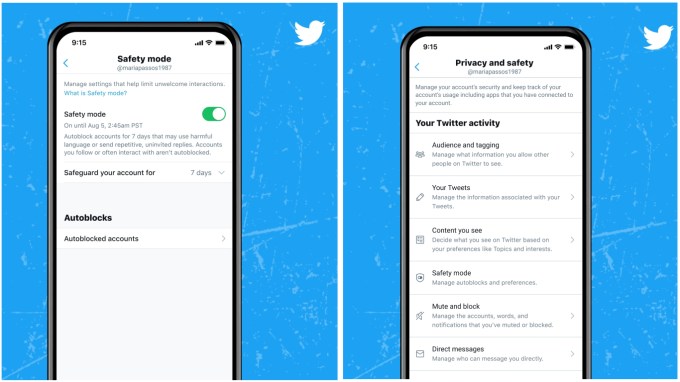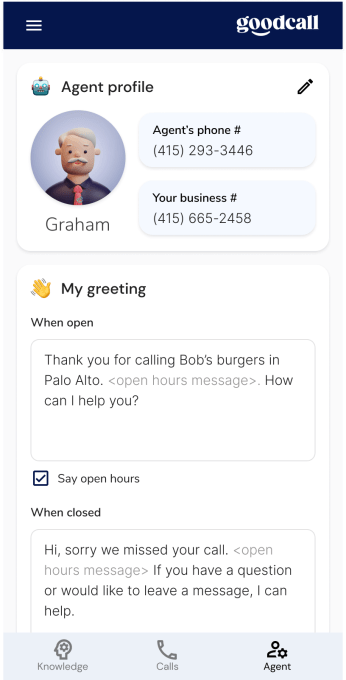News: SEC fines brokerage firms over email hacks that exposed client data
The U.S. Securities and Exchange Commission has fined several brokerage firms a total of $750,000 for exposing the sensitive personally identifiable information of thousands of customers and clients after hackers took over employee email accounts. A total of eight entities belonging to three companies have been sanctioned by the SEC, including Cetera (Advisor Networks, Investment
The U.S. Securities and Exchange Commission has fined several brokerage firms a total of $750,000 for exposing the sensitive personally identifiable information of thousands of customers and clients after hackers took over employee email accounts.
A total of eight entities belonging to three companies have been sanctioned by the SEC, including Cetera (Advisor Networks, Investment Services, Financial Specialists, Advisors, and Investment Advisers), Cambridge Investment Research (Investment Research and Investment Research Advisors), and KMS Financial Services.
In a press release, the SEC announced that it had sanctioned the firms for failures in their cybersecurity policies and procedures that allowed hackers to gain unauthorized access to cloud-based email accounts, exposing the personal information of thousands of customers and clients at each firm
In the case of Cetera, the SEC said that cloud-based email accounts of more than 60 employees were infiltrated by unauthorized third parties for more than three years, exposing at least 4,388 clients’ personal information.
The order states that none of the accounts featured the protections required by Cetera’s policies, and the SEC also charged two of the Cetera entities with sending breach notifications to clients containing “misleading language suggesting that the notifications were issued much sooner than they actually were after discovery of the incidents.”
The SEC’s order against Cambridge concludes that the personal information exposure of at least 2,177 Cambridge customers and clients was the result of lax cybersecurity practices at the firm.
“Although Cambridge discovered the first email account takeover in January 2018, it failed to adopt and implement firm-wide enhanced security measures for cloud-based email accounts of its representatives until 2021, resulting in the exposure and potential exposure of additional customer and client records and information,” the SEC said.
The order against KMS is similar; the SEC’s order states that the data of almost 5,000 customers and clients were exposed as a result of the company’s failure to adopt written policies and procedures requiring additional firm-wide security measures until May 2020.
“Investment advisers and broker-dealers must fulfill their obligations concerning the protection of customer information,” said Kristina Littman, chief of the SEC Enforcement Division’s Cyber Unit. “It is not enough to write a policy requiring enhanced security measures if those requirements are not implemented or are only partially implemented, especially in the face of known attacks.”
All of the parties agreed to resolve the charges and to not commit future violations of the charged provisions, without admitting or denying the SEC’s findings. As part of the settlements, Cetera will pay a penalty of $300,000, while Cambridge and KMS will pay fines of $250,000 and $200,000 respectively.
Cambridge told TechCrunch that it does not comment on regulatory matters, but said it has and does maintain a comprehensive information security group and procedures to ensure clients’ accounts are fully protected. Cetera and KMS have yet to respond.
This latest action by the SEC comes just weeks after the Commission ordered London-based publishing and education giant Pearson to pay a $1 million fine for misleading investors about a 2018 data breach at the company.








